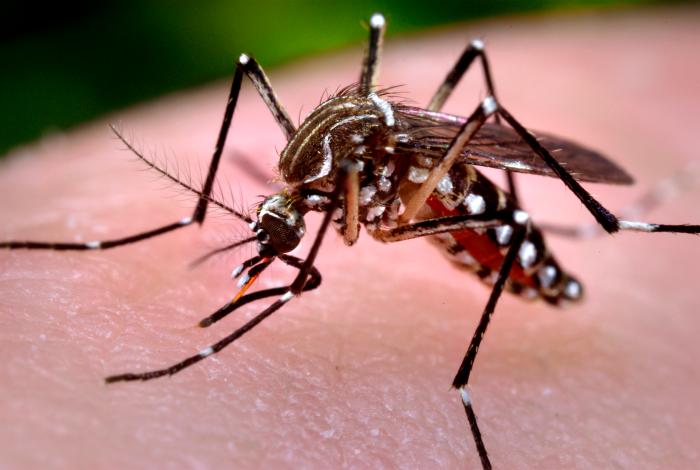In an update from a June 17 report, Myanmar health officials say the dengue fever situation in the country has increased particularly since the onset of the rainy season.

The most current case count now stands at 10,918 people in the first six months of this year. The health Ministry also noted that 45 people have died from the mosquito borne virus.
“Since the start of rainy season, the dengue fever cases have been increasing. Eighteen and 19 people were killed of the disease in May and June, respectively,” said Dr Khin Nan Lon of the ministry dengue haemorrhagic fever unit.
The country’s southeastern Mon state topped with 2,182 cases, followed by Ayayawaddy and Yangon regions.
Dengue fever is an infectious disease carried by mosquitoes and caused by any of four related dengue viruses. This disease used to be called “break-bone fever” because it sometimes causes severe joint and muscle pain that feels like bones are breaking.
People get the dengue virus from the bite of an infected Aedes mosquito. It is not contagious from person to person. For more infectious disease news and information, visit and “like” the Infectious Disease News Facebook page
There are three types of dengue fever in order of less severe to most: the typical uncomplicated dengue fever, dengue hemorrhagic fever (DHS) and dengue shock syndrome (DSS).
The World Health Organization (WHO) estimates there may be 50–100 million dengue infections worldwide every year. However, new research from the University of Oxford and the Wellcome Trust, using cartographic approaches, estimate there to be 390 million dengue infections per year worldwide.


One thought on “Myanmar dengue outbreak tops 10,000”